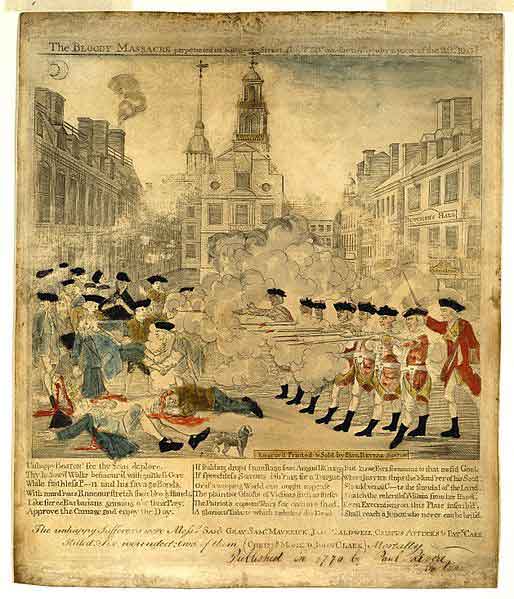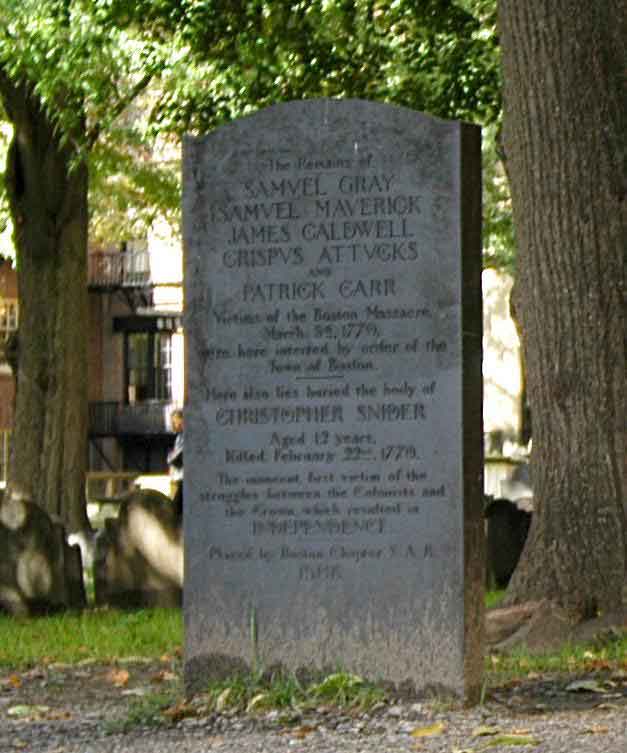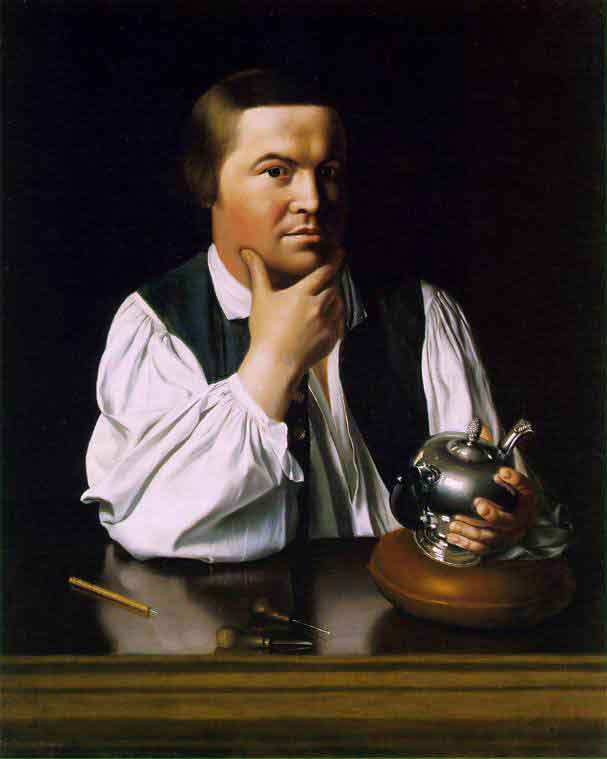On the night of March 5, 1770, members of the British Army killed five civilian men in Boston. This incident is known as the Boston Massacre, and is also called the Boston Riot. Aside from the lives lost, can you guess what this incident resulted to? If you are guessing fear among Colonists, then you are incorrect. But if you guessed unrest among them, then your guess is certainly correct.
The Boston Massacre, also known as “The Bloody Massacre in King Street” or the “State Street Massacre”, is a huge event that has been told and retold so many times that there are a number of inconsistencies about the actual event, during and after the incident.
Tension
Boston was a difficult city to live in. In the 1760’s, it was one of the first colonies that openly showed its dislike for British rule. In 1768, British troops were sent to Boston to enforce the Townshend Acts. It was an act made to raise the revenues collected in the colonies to pay for the governors and judges. It also made it possible to impose tax on the whole colony. When the troops came in Boston in 1768, they were not surprised to meet a resistance. Imagine having a British soldier for every American. That isn’t really a good thing as far as the Colonists were concerned. This alone made the British more unpopular to Colonists living in Boston.
Trigger Happy?
On February 22 before the Boston Massacre, a German boy named Christopher Seider was shot dead by a customs service employee, Ebenezer Richardson, in an attempt to ward off the attacks to his house. He was considered the first person to ever die from the conflict between Colonists and Englishmen. His killer was convicted of murder but was later freed by royal pardon and given a new job at the custom services. The boys funeral was attended by a large group of people, all of whom felt a major grievance against the British Parliament.
Versions of what really happened?
Eleven days after the death of Christopher Seider, the Boston Massacre happened. It is said that it started when a group of men taunted a standing sentry guard of the house of the city customs. British soldiers saw what was happening and fired at the group of men. After that, it is said that the army fired in all directions, ultimately killing 5 people and wounding 6. There were some who believed that four of these men died on the scene and a man was pronounced dead two days later. Some believed that there were 3 who died on the scene, 2 who died later. Many would say that it wouldn’t matter whether they were dead on the scene or later, but it probably matters to those who died and their families.
Others believe that it started when an apprentice of wigmaker, Edward Gerrish, called out to Captain Lieutenant John Goldfinch that his master’s bill has not yet been paid. Still, there were others who believed that it was the young wigmaker himself who insulted a regular named Hugh White. It was also believed that Captain Preston ordered a free-for-all after the massacre.
Propaganda?
It is interesting that the Boston Massacre incident was called a massacre at all. The Boston Massacre was a fight that both sides took part in, and this is the reason why the massacre isn’t a massacre at all. It was not a massacre, but people felt that the term would ignite the emotions of the Colonists that would compel them to join the patriots.
What really happened that resulted to the Boston Massacre, none of the historians could agree upon. There are different descriptions and narrations of the incident that it has become impossible for anyone to now know what really happened on March 5 of 1770. Sure, the Colonists have had their part in wrong doings, but however you look at it, the British acted quite harshly.
A Witness
Paul Revere began selling prints of the Boston Massacre incident. It is not known whether he was there to even know about the details of the event, but the interpretation and the detailed map of the bodies was believable enough to be used in a trial court against the British soldiers. Many people believed that he had experienced it first-hand.
What happened in the court is still a mystery too. All in all, it has been said that Captain Thomas Preston and nine others were convicted of murder and two were acquitted. But some versions of this story include having two regulars being charged with manslaughter instead of murder. There were also four who had been suspected to have shot from the window of the house of the city customs. Some others say that Preston and six of his men were cleared of the charges with only two charged with manslaughter.
Paul Revere was an American patriot, and he had been living long enough in Boston to see and know that his fellowmen (as well as he) were being tyrannized by the British. When the Boston massacre happened, he has put his talents to good use by making his sentiments known. He used the Boston Massacre to rally his countrymen, and make them realize that it is not right to be oppressed in a country that is your own. Paul Revere’s engraving became the first influence that formed an anti-British sentiment across the new nation.
The Boston Massacre is one of the many reasons why the thirteen colonies of Britain in America united against the British Monarchy and a war for freedom ensued. There were more than a handful of reasons why the Colonists felt that they shouldn’t be treated as the British treated them, and there are more than enough enthusiasm and response from many patriots in the colonies.


